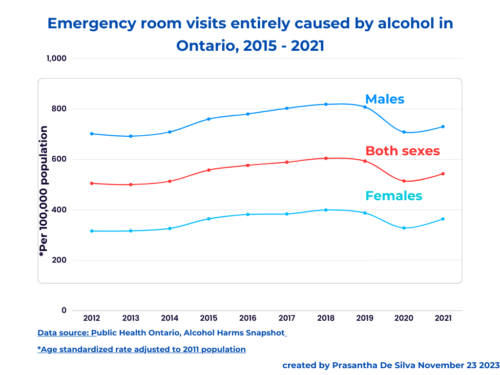Tag: hand hygiene
WHO’s Multi-modal Hand Hygiene Strategy
In 2009, the WHO published its hand hygiene promotion strategy. It was a multi-modal strategy and consisted of five modes. These were as follows; WHO’s multi-modal hand hygiene strategy System change, Training and education, Evaluation and feedback, Reminders in the workplace, and institutional safety climate. Moreover, the WHO published a…
Education alone does not improve hand hygiene
Does education alone improve handwashing compliance among healthcare workers in a hospital setting? According to the study that I discuss below, the short answer to the above question appears to be no. However, this study has adopted a before-after intervention design without a control group. The more accurate interpretation should…
Alcohol sanitizers and hand hygiene compliance
Hand hygiene has become nowadays one of the most heard behavioral activities. It is one of the most effective actions we should do to prevent the spread of the COVID 19 virus. Therefore alcohol hand sanitizers are an essential commodity. The healthcare workers are not an exception. However, adherence to…
Handwashing signage at point-of-use
Is reminder signage at point-of-use to promote handwashing for hospital healthcare workers effective? The conclusion is No. Setting acute care hospitals in the US Target audience all healthcare workers Number of units involved 58 in-patient units in 9 hospitals Method cluster-randomized clinical trial; units were randomly assigned to (1) no…
Research on health workers’ hand hygiene compliance promotion:1
During this unprecedented COVID 19 pandemic, healthcare workers are one of the most vulnerable high-risk groups who have been contracting the virus, second only to the seniors living in long-term care facilities. In this background, I looked at the existing evidence about one crucial aspect in the prevention and control…









